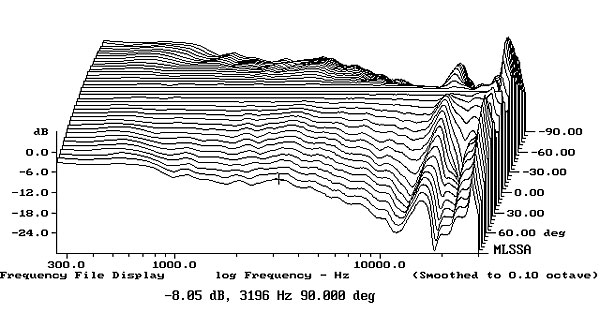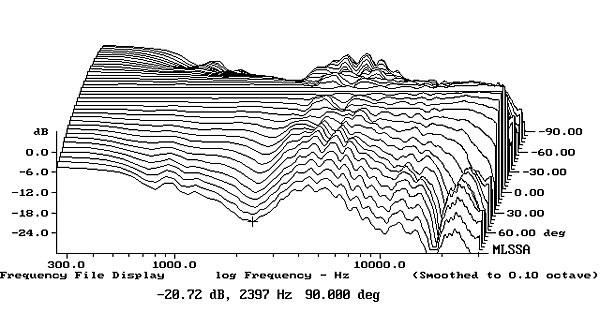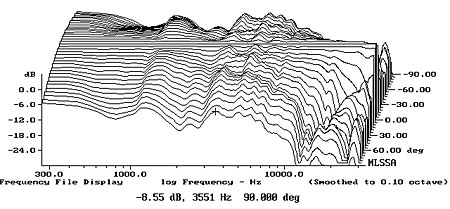Robert E. Greene did a fascinating review of the Graham LS5/9 with some very useful comparisons with Harbeth, specifically the M30.1, which chime with my listening:
http://www.theabsolutesound.com/articles/graham-ls59-loudspeaker/
I'll paste the relavant comparative paragraphs below:
'...as one might expect, among the BBC-oriented group, which if not a cult in any negative sense is surely a dedicated bunch with shared interests, there is a difference of view on the question of such small differences as exist among the various BBC heritage speakers. In particular, the Harbeth speakers, themselves outstanding examples of the survival of BBC ideas, tend to have a bit of extra energy in the 400 to 800Hz region, even the ones that are officially monitors, like the M30.1s and M40.1s. (The original M40s are an exception, being flat in this region.) You can see this for example on the (all but infallible) NRC measurements of the Harbeth M30, published on soundstage.com.
Enthusiasts of Harbeth have expressed dismay at any sign of midrange recession. This kind of controversy over things that seem small to the outside world is what happens when one gets really interested in some specialized matter. (Ask people who really care about pitch or temperament of scales!) Personally, I am somewhere in the middle—I liked to push up the 400 to 800Hz octave of the LS5/9 very slightly and push down 1.25kHz a bit. But on the Harbeth M30.1, I liked to pull down the 400 to 800Hz region. I am not at all fond of midrange projection. Recession of the mids can be a problem too, but the effect with the LS5/9s is small and mostly just moves the image back a bit.
I also reduced the 4-to-8kHz octave of the LS5/9 slightly. With these small adjustments, the LS5/9 could be brought into what I perceived as an almost completely neutral tonal balance. On its own, it is already fairly flat and neutral sounding, but as John Dunlavy used to remark, once you are flat within a dB or two, getting even flatter and more neutral becomes of really great interest.'
This appears to contradict what Ayya claimed above about the presence region on the LS5/9. I don't know the speaker well enough to enter that discussion. However the comparison with the M30.1 seems correct. I certainly found the M30.1 tended to project the mid-range, which I like, but just a tiny bit too much. The M30.1 is the one that would have the most recessed presence region of all the speakers under discussion; I'm pretty sure of that; and that might account for the OPs preference for the Grahams.
I've done quite a few comparisons of similar sized BBC monitors; another interesting one was Spendor Sp2/3r2 vs Harbeth C7 ES2, because they emphasized quite different parts of the mid-range, and they had quite different port behaviour. For me, these medium sized BBC monitors are the interesting battle ground, since I've decided LS3/6 is too big a box for my room. However none of the currently available ones quite get it right for me. I'm with REG on the LS5/9 vs M30.1; both are good but both miss the ideal in slightly different ways. I tend towards the C7 but it is less refined, has some issues around the presence region, and probably would benefit from a better soft dome tweeter. The Spendor SP2/3r2 has a lower mid-range emphasis, which is satisfying on some material, muddy on others, and the bass extension is too reliant on an oversized port. I've not heard the Stirling model.




